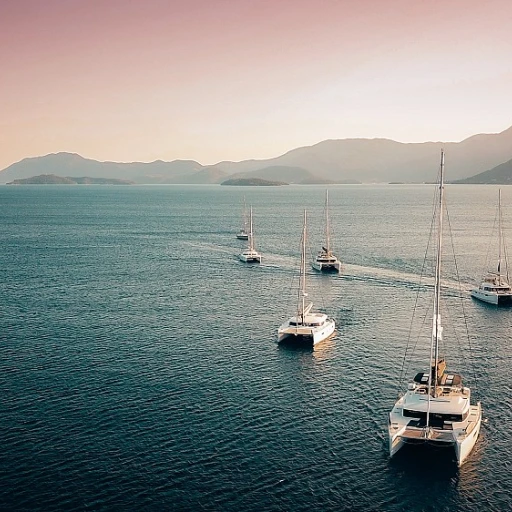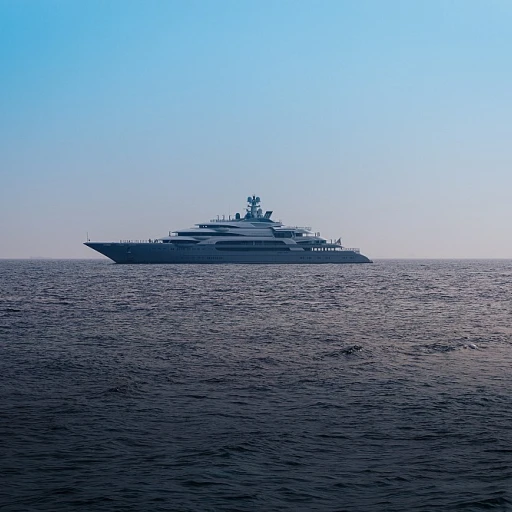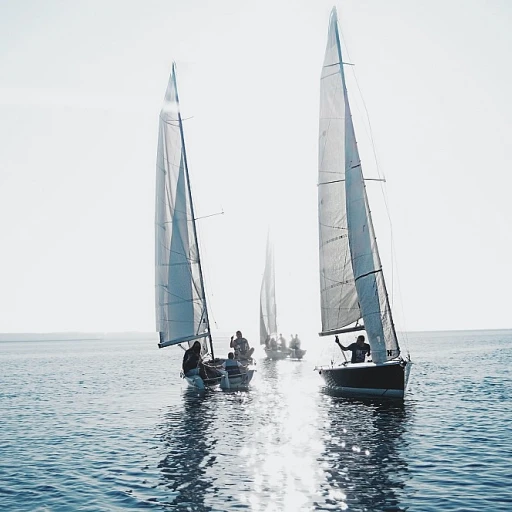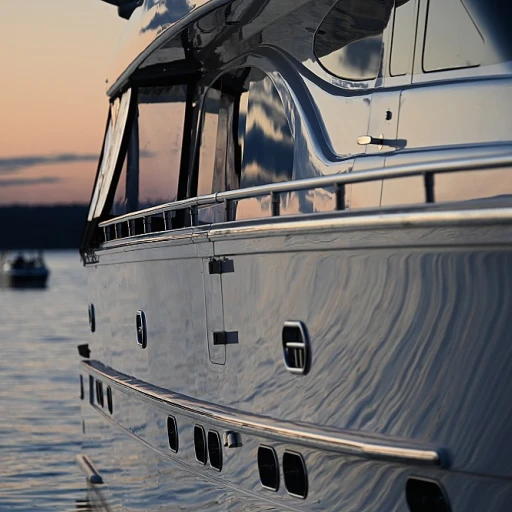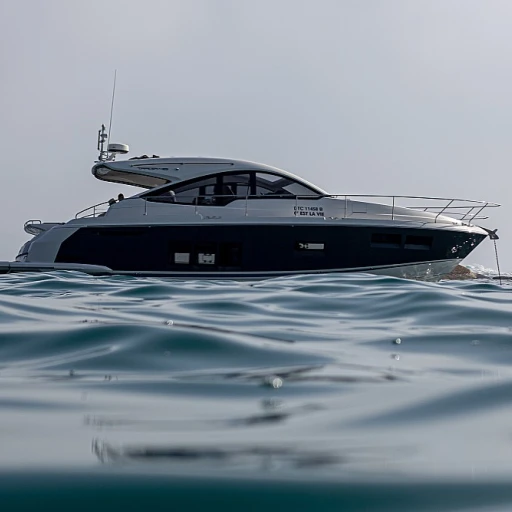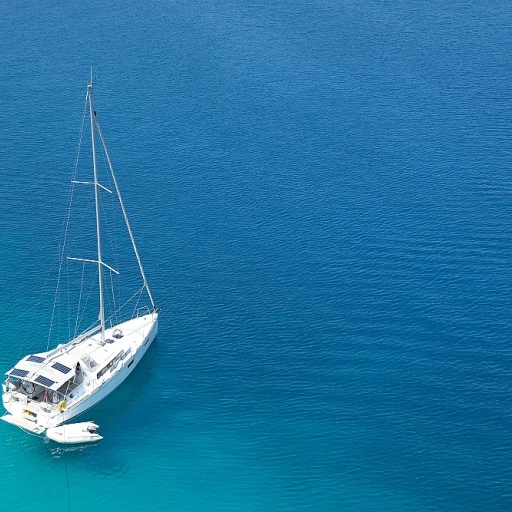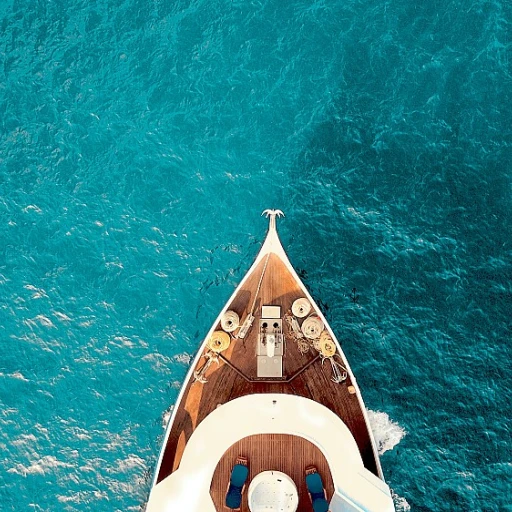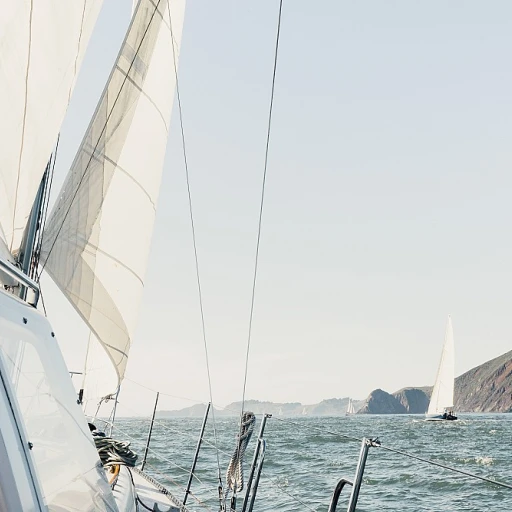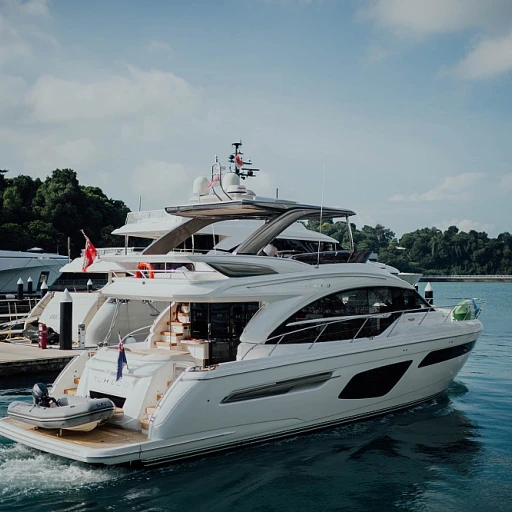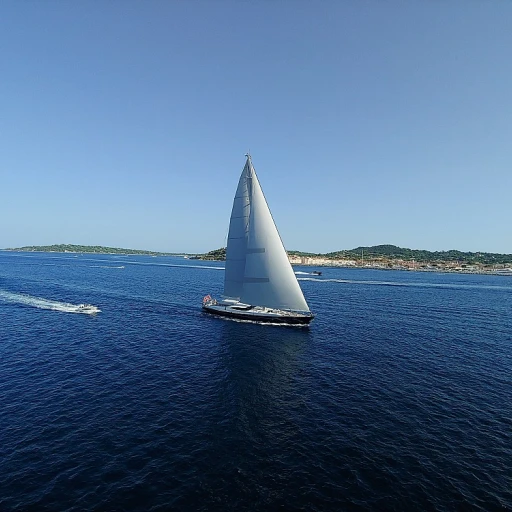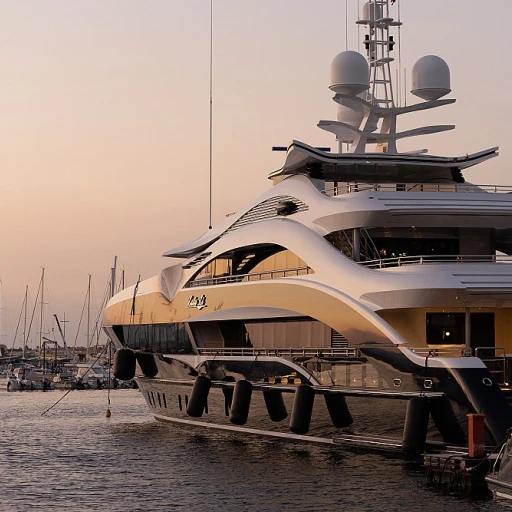-large-teaser.webp)
Defining Yachts and Boats
Understanding the Classification
Navigating the differences between yachts and boats begins with understanding how each is defined. At the core, both are vessels designed for water travel, yet they diverge significantly in purpose, size, and features. Yachts are often synonymous with luxury and exclusivity, offering a combination of elegance and advanced technology. Typically larger than boats, these vessels span over 30 feet in length and are equipped with various amenities for entertainment, comfort, and extended cruising. Whether powered by a motor or sails, yachts are considered lifestyle symbols and are built for leisure rather than mere transportation. In contrast, boats are generally smaller vessels, focusing on functionality and versatility. They serve multiple purposes, such as fishing, transportation, and recreational activities. Boats typically prioritize practicality over luxury, although some high-end models may feature several luxury touches similar to those found in yachts. The difference between yachts and boats can also be gleaned from their hull design. Yachts feature displacement hulls that enable them to handle open ocean conditions with stability and comfort, particularly in motor yachts and sailing yachts designed for long distances. To dive deeper into the hull differences, check out some understanding unique features that define their sailing capabilities. This nuanced distinction underscores the diversity of vessels in the maritime world, with each offering unique experiences tailored to different consumer needs and preferences.Legal and Regulatory Differences
Legal and Regulatory Framework
The distinction between yachts and boats isn't merely a matter of size or luxury; it extends into the realm of legal and regulatory frameworks. Yachts and boats, while both categorized as vessels, are governed by different sets of rules and regulations, primarily due to their differing purposes and structures. Yachts, which can be either sailing yachts or motor yachts, are typically designed for leisure and luxury. Because of their larger size and luxury features, they are subject to more stringent safety and inspection standards compared to smaller boats. The International Maritime Organization (IMO) provides guidelines that apply to these larger vessels, especially when they engage in open ocean cruising, ensuring they comply with international safety and environmental standards. In contrast, boats, which are typically smaller in size, such as pontoons, may not be subject to the same rigorous regulations. They often fall under national or regional maritime laws, which can vary significantly. For those interested in the specific aspects of pontoon boats, exploring the versatility of Lowe pontoon boats reveals how these vessels fit within their respective regulatory frameworks. This distinction is also present in the licensing requirements for those who operate these vessels. A yacht, due to its size and complex systems, usually requires a professional crew with specialized certifications, especially when it comes to a luxury yacht meant for extensive travel. In the world of boat yacht distinctions, understanding these regulatory nuances is essential for both enthusiasts and those looking to venture into ownership.Technological Advancements in Yachts
Innovations Shaping the Luxury Yachting Experience
As the maritime world evolves, the yacht industry stays at the forefront of cutting-edge technology, consistently enhancing the luxury experience for enthusiasts. While boats and yachts both traverse the open ocean, the technological advancements observed in yachts typically elevate them to a new realm of sophistication and capability.
Firstly, size and design differentiation play a major role. Yachts are often larger, with an emphasis on luxury features that cater to a discerning clientele. They employ advanced hull designs, such as the displacement hull, which improve fuel efficiency and stability during cruising. While boats typically serve a functional purpose, motor yachts and sailing yachts are engineered to offer a seamless blend of comfort and performance.
The incorporation of cutting-edge navigation and communication systems is another hallmark of modern yacht design. These vessels are equipped with state-of-the-art technologies that ensure precise navigation and enhance safety across the open ocean. This contrasts with some boats typically having more basic systems. Yachts typically include advanced radar, GPS systems, and digital chart displays that make cruising a smooth and efficient operation.
One cannot overlook the revolution in motor and propulsion technologies. Motor yachts today feature hybrid propulsion systems that not only improve efficiency but also reduce emissions. This aligns with the industry's growing emphasis on sustainability and responsible management of maritime resources. Additionally, vessel automation is gaining traction, allowing for simplified sailing with reduced crew requirements without compromising on safety or the luxury experience.
Moreover, advancements in entertainment technology have turned luxury yachts into floating paradises. High-definition audio-visual systems, along with often seamless smart integration, are designed to elevate onboard experiences, making yachts a preferred choice for those seeking top-tier leisure and luxury on the water.
In summary, while yachts and boats each serve their unique purposes, the continuous technological innovations in yachts forge a distinctive space that caters to luxury and superior performance. Boating enthusiasts must recognize these advancements to truly appreciate the essence of a yacht and its difference from more conventional vessels.
Market Trends and Consumer Preferences
Market Dynamics and Consumer Desires
When evaluating the evolution of yachts and boats, understanding market trends and consumer preferences is key. The yacht industry has seen significant shifts in popularity and demand, influenced by economic changes and consumer expectations. Yachts, particularly luxury yachts, remain a symbol of status and affluence, with consumers often seeking larger vessels that offer unparalleled comfort and lavish experiences. This sector's expansion is closely tied to the financial climate, where periods of economic prosperity stimulate increased sales and interest in vessels such as motor and sailing yachts.- The allure of customization has led to increased demand for bespoke yacht designs, enhancing the consumer's luxurious experience at sea.
- A noticeable trend is the rising popularity of eco-friendly designs. Modern customers look for sustainable features that mitigate the environmental impact of cruising the open ocean.
- Technological advancements, like state-of-the-art navigation systems and hybrid engines, are crucial for appealing to tech-savvy buyers who appreciate cutting-edge innovations in motor yachts.
- Yacht charters are increasingly popular among those not ready to commit to purchasing vessels, offering a taste of luxury without ownership responsibilities.
Challenges in Yacht Maintenance and Operation
Keeping Luxurious Vessels in Top Shape
Maintaining and operating yachts, particularly those cruising with larger designs and luxury features, present a unique set of challenges. These vessels are typically more complex and require meticulous attention to detail. Here's a breakdown of key considerations:- Comprehensive Maintenance Requirements: Yachts, especially those over a significant feet in length, demand regular mechanical servicing and cosmetic upkeep. Luxury yachts often feature advanced displacement hulls and state-of-the-art systems that need specialized care. Keeping these systems in top operating condition is essential for safety and performance.
- Qualified Crew and Skilled Professionals: Hiring a skilled crew is crucial, as they bring expertise in navigating the open ocean and managing various yacht systems. From motor yachts to sailing yachts, having knowledgeable personnel ensures smooth sailing and efficient handling.
- Resource-intensive Operations: Operating a yacht involves significant expenditure. Fuel, docking fees, and insurance can quickly fill the financial demands, aligning it more with ships or larger vessels than boats typically do. Additionally, the more luxurious the yacht, the higher the operational costs, maintaining its luxury standards.
- Regulatory Compliance: Yacht owners must stay abreast of varying regulations across regions. These include environmental laws, safety protocols, and crew certification requirements, as regulated for both yachts and ships globally.


